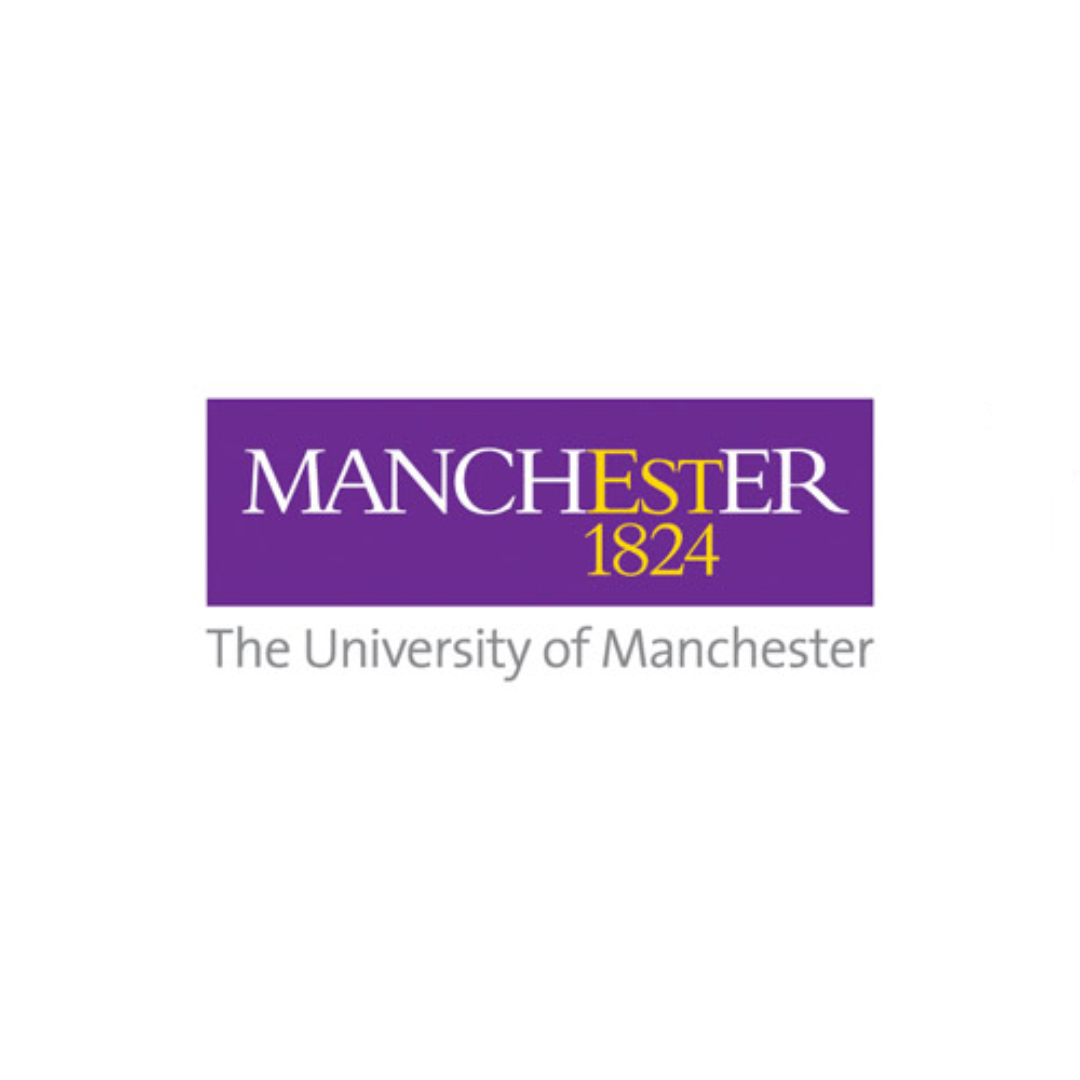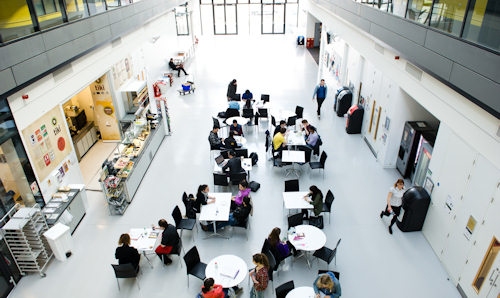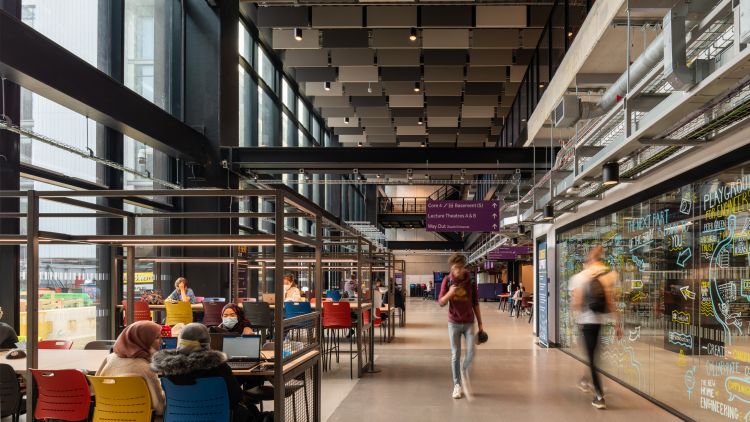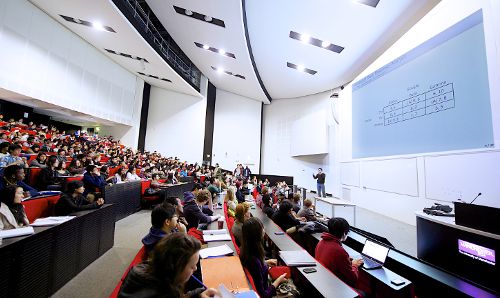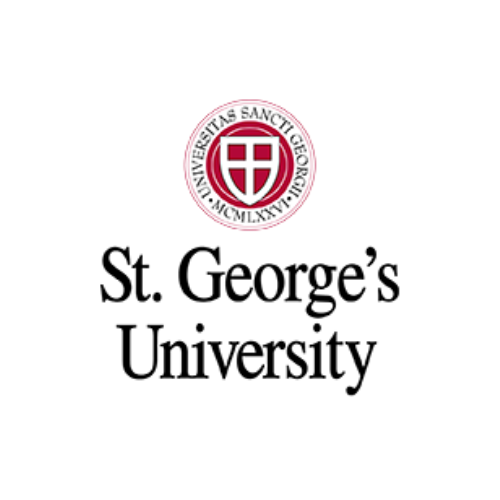The University of Manchester is a renowned public research institution located in the vibrant city of Manchester, England. The main campus is located south of Manchester City Centre on Oxford Road. The university possesses and manages significant cultural assets, including the Manchester Museum, The Whitworth art gallery, the John Rylands Library, the Tabley House Collection, and the Jodrell Bank Observatory – a UNESCO World Heritage Site. The University of Manchester is widely recognized as a prestigious institution, born out of the civic university movement that emerged in the late 19th century. The University of Manchester as we know it today came into existence in 2004 through the merger of the University of Manchester Institute of Science and Technology (UMIST) and the Victoria University of Manchester. This came after a long period of collaboration between the two institutions.
The University of Manchester Institute of Science and Technology traces its roots back to the Mechanics’ Institute, established in 1824. The University of Manchester regards this date as its official foundation year, in line with the establishment of the Royal School of Medicine and Surgery, a predecessor institution of the Victoria University of Manchester, as reflected in its crest and logo. The institute’s founders recognized the importance of scientific principles in various professions. The institute provided education in various scientific fields that were relevant to the professional lives of working individuals. They were confident that applying scientific principles would drive innovation and progress in those fields. The Victoria University of Manchester was established in 1851, originally known as Owens College. The university’s academic research was published through the Manchester University Press starting in 1904.
Manchester is a highly sought-after university in the United Kingdom, attracting a large number of undergraduate applications each year. Its popularity is evident from the high volume of applications it receives, making it a top choice among students. The University of Manchester has affiliations with prestigious academic organizations such as the Russell Group, the N8 Group, and the US-based Universities Research Association. The University of Manchester has an impressive track record, with 25 Nobel laureates associated with its past and present students and staff. This places it as one of the top universities in the United Kingdom in terms of Nobel laureates.
The University of Manchester ranks as the third largest university in the UK, trailing only The Open University and University College London. The University of Manchester is renowned for its ability to attract students from all corners of the globe.
Prominent individuals on the university’s current academic staff consist of computer scientist Steve Furber, economist Richard Nelson, novelist Jeanette Winterson, Professor Brian Cox, and biochemist Sir John Sulston, who was awarded the Nobel Prize in 2002.
Based on the 2020 Graduate Market Review released by High Fliers, it is worth noting that Manchester University has emerged as the preferred choice for the top 100 graduate employers in the UK.
In 2021, the University of Manchester has achieved global recognition, ranking as the 27th best university according to QS. The university achieved a national ranking of 6th place. The University of Manchester achieved an impressive ranking of 36th in the highly regarded Academic Ranking of World Universities 2020. It achieved an impressive ranking among UK universities on this list. In 2019, the university achieved an impressive 4th place on Reuters’ list of the World’s Most Innovative Universities, showcasing its commitment to innovation and forward-thinking.
